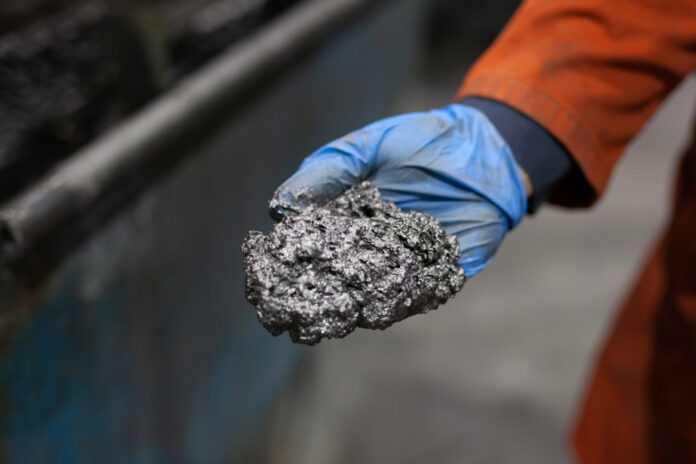China’s decision to restrict its graphite exports for national security reasons comes at the best possible time for Nouveau Monde Graphite.
The Quebec company is currently in advanced discussions to raise the $1.3 billion in financing necessary to put its Saint-Michel-des-Saints graphite mine into operation and the Bécancour plant which will transform this graphite into production equipment. anodes for lithium-ion batteries.
“It’s a game changer for the rest of us,” says the president and founder of Nouveau Monde Graphite, Éric Desaulniers, during an interview with La Presse.
Investors seem to agree. NMG shares soared on the Toronto Stock Exchange on Friday after the Chinese government’s decision was announced. The stock rose from $2.84 to $4.10, before ending the day at $3.74, up 32%.
“We can afford to be more optimistic about the timetable,” said Éric Desaulniers.
The ongoing negotiations with potential investors are complex, he explains. There is no official price in North America for graphite, the market for which is dominated by China. “We are in the process of hitting a trail,” illustrates the president.
Nouveau Monde Graphite negotiates over-the-counter agreements with its potential customers for its production, the price of which varies depending on the quality of the product, its environmental footprint and security of supply. Limited access to Chinese graphite gives it an ace in its game, according to Mr. Desaulniers.
The Japanese Panasonic Energy is one of the customers currently negotiating with Nouveau Monde Graphite for a long-term supply contract.
Xi Jinping’s country currently produces 65% of the world’s graphite and almost 100% of the graphite made into anode material. Its decision to limit its exports will have the effect of favoring Chinese producers of batteries and motor vehicles, but it will wreak havoc for the main manufacturers of batteries and electric vehicles elsewhere in the world.
Manufacturers in the United States, Japan and South Korea, whose graphite supply comes almost entirely from China, will have to turn to other sources of supply.
It is also the desire to reduce this dependence on China that gave rise to projects like that of Nouveau Monde Graphite. “Everyone predicted that this decision by China would come one day, but not as quickly and not as aggressively,” said Éric Desaulniers.
The Chinese government has already restricted exports of two critical minerals, gallium and germanium, which are used in semiconductor manufacturing, to respond to U.S. restrictions on the sale of semiconductors to China.
The restrictions that will be imposed on Chinese graphite exports on December 1 will also give new impetus to mine and factory projects elsewhere in the world. In Quebec, Northern Graphite, an Ontario company which operates an end-of-life mine in Lac-des-Îles, is considering extending its activities and has announced a project for an anode material factory which would be built in Baie-Comeau.
According to the president of Nouveau Monde Graphite, demand risks significantly outstripping graphite supply in the coming years. “The only Northvolt factory [which will be built in Quebec] will need one and a half times what we planned to produce in the first phase of our project,” he estimates. We must increase our ambition. »
Nouveau Monde Graphite believes it has the most interesting graphite deposits to develop in North America and the most advanced transformation projects. In addition to that of Saint-Michel-des-Saints, the company has an interest in the Mason Graphite graphite mine project at Lac Guéret, 285 km from Baie-Comeau.
Nouveau Monde Graphite aims to electrify its activities, both at the mine and at its Bécancour factory. The company obtained from the Quebec government the assurance of an electricity supply at a reduced rate of 20% compared to Hydro-Québec’s regular industrial rate.















